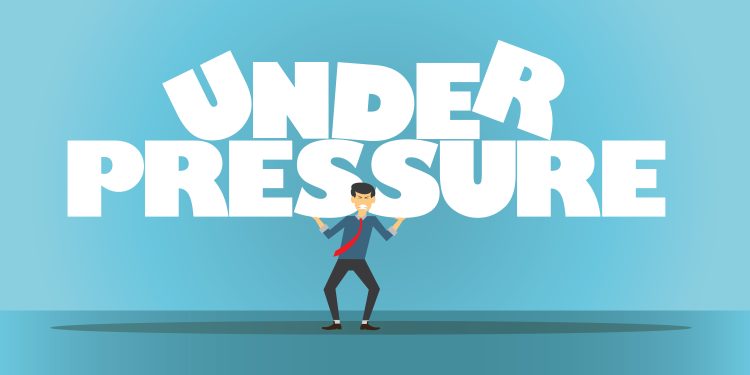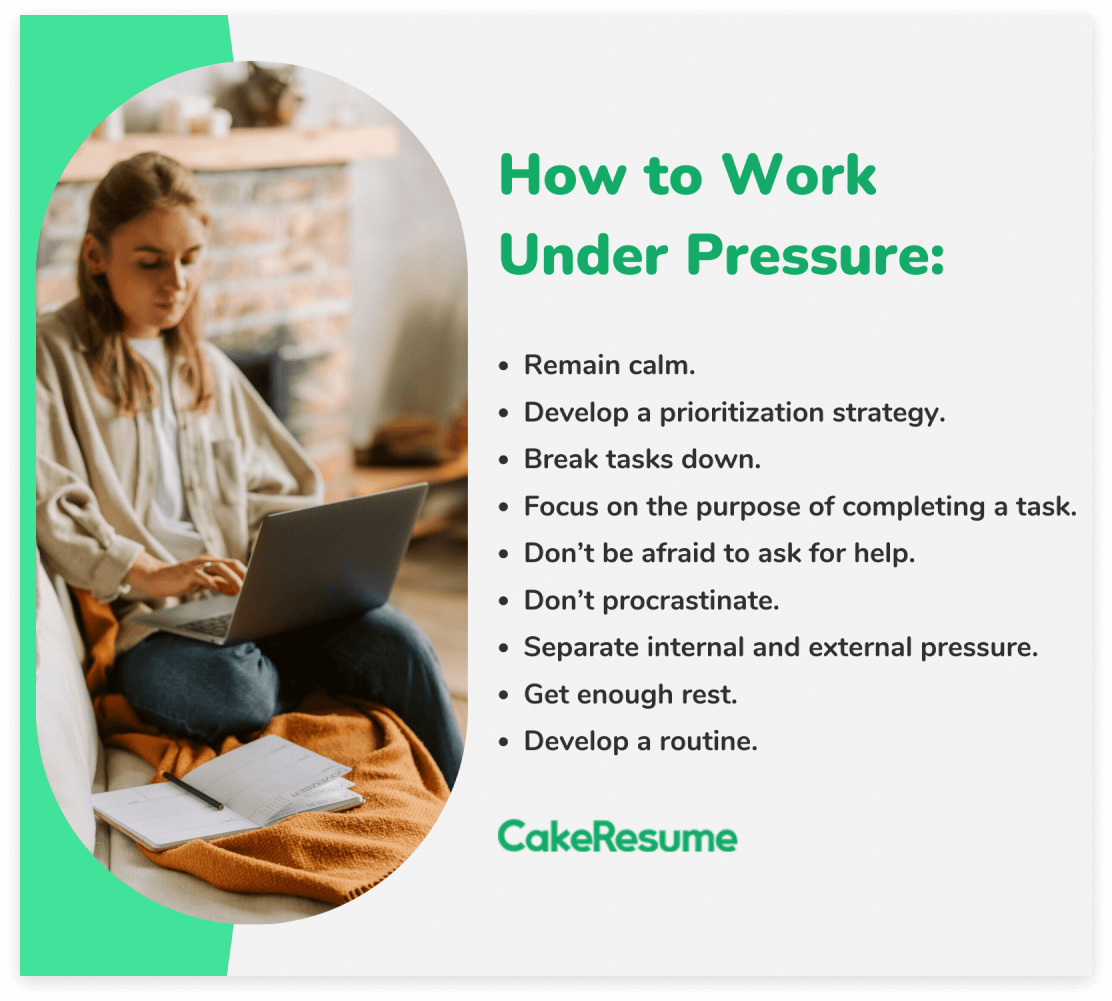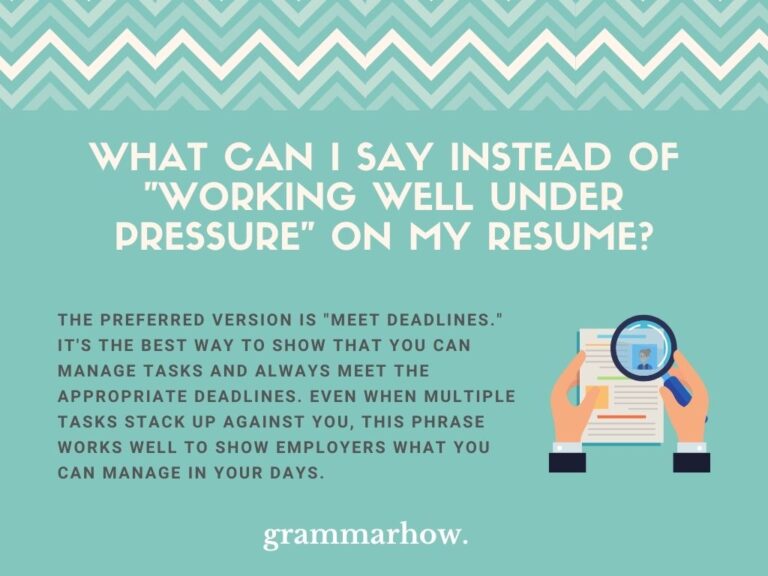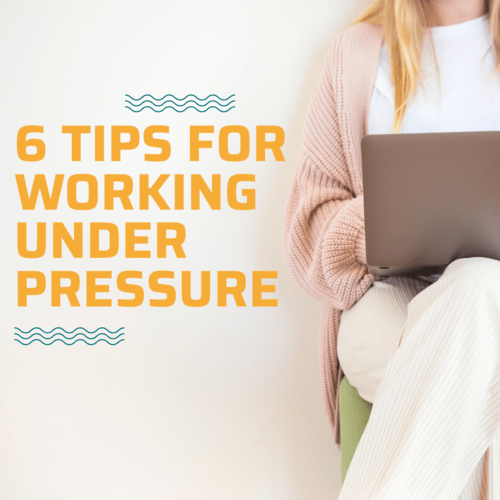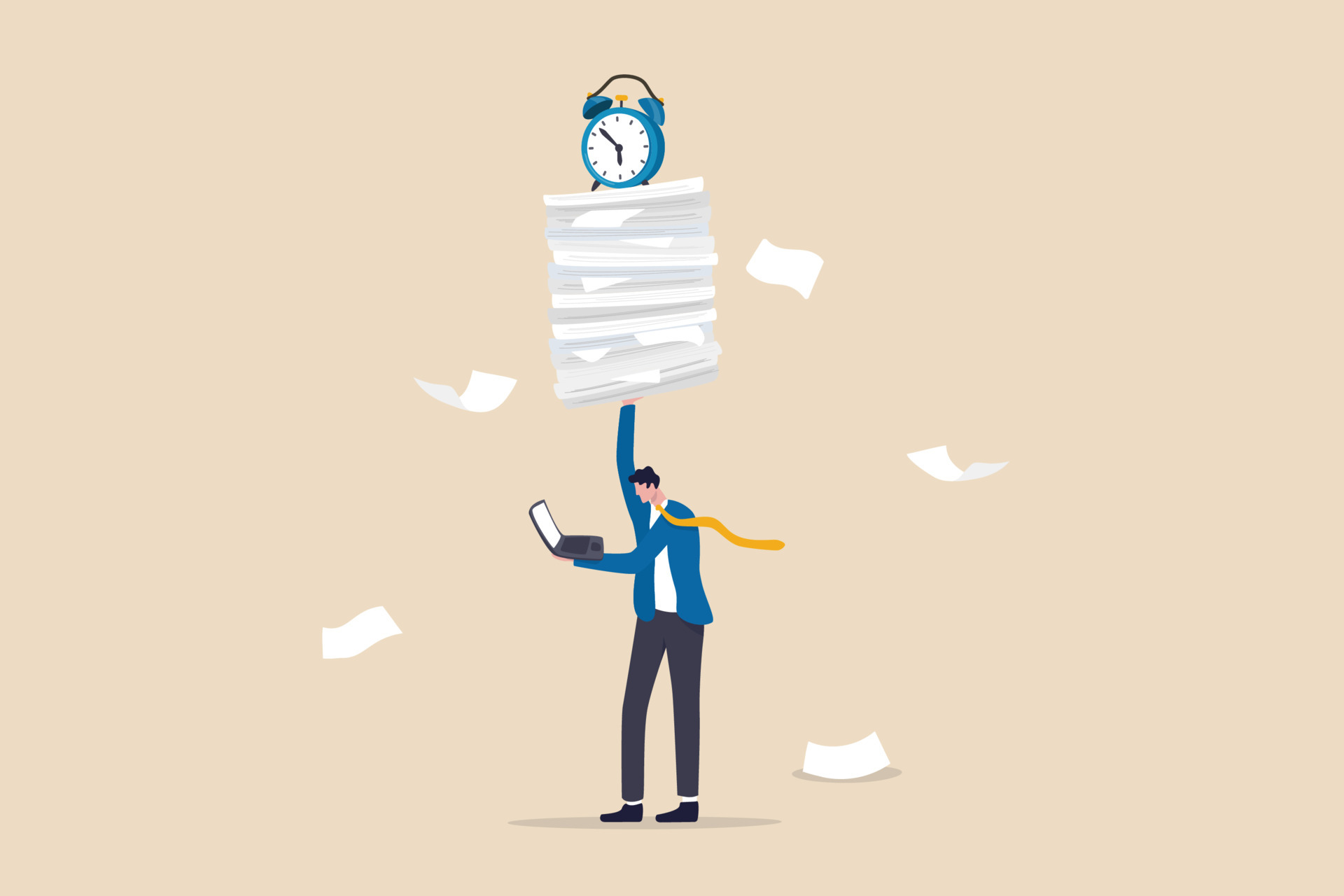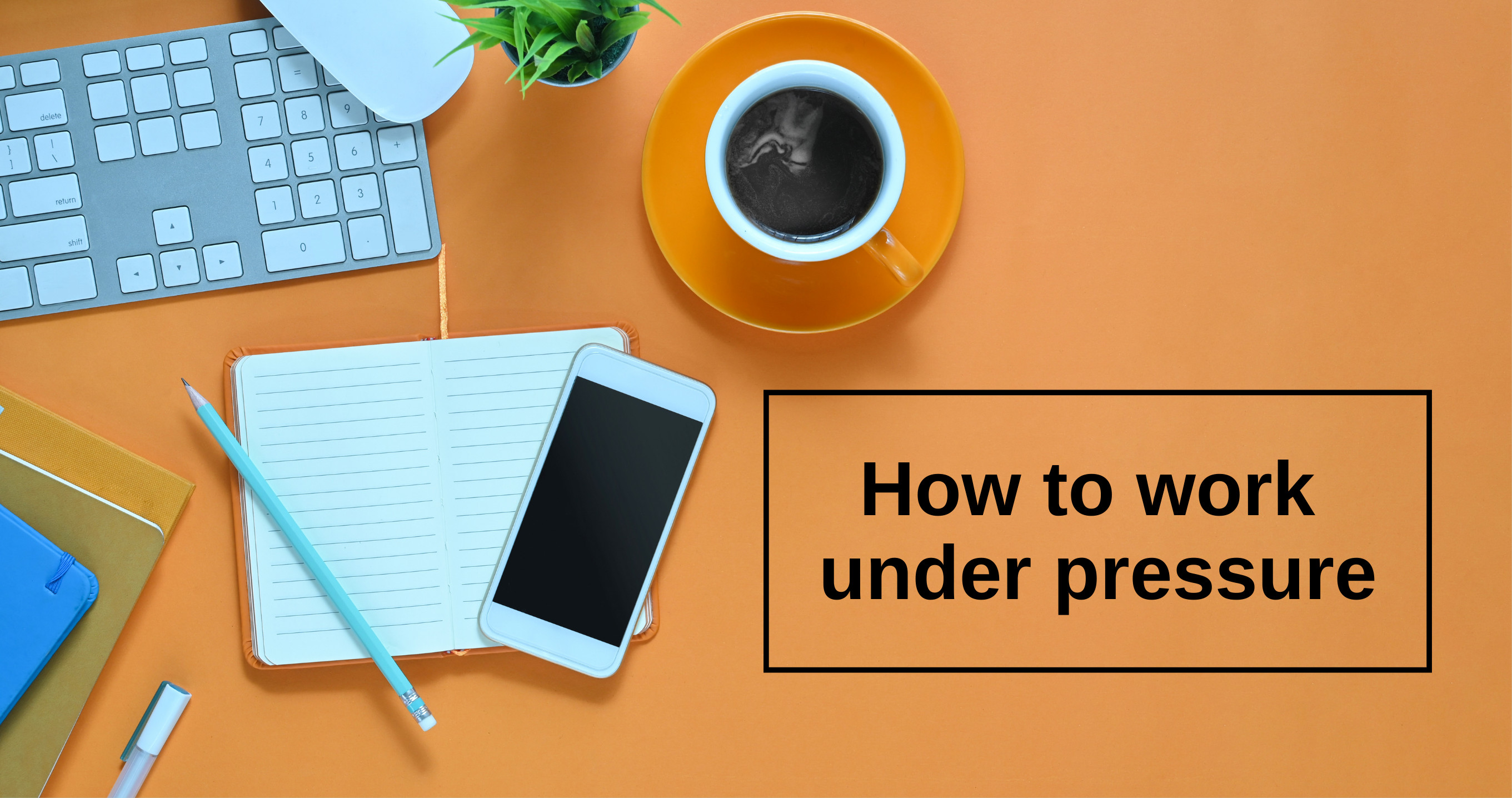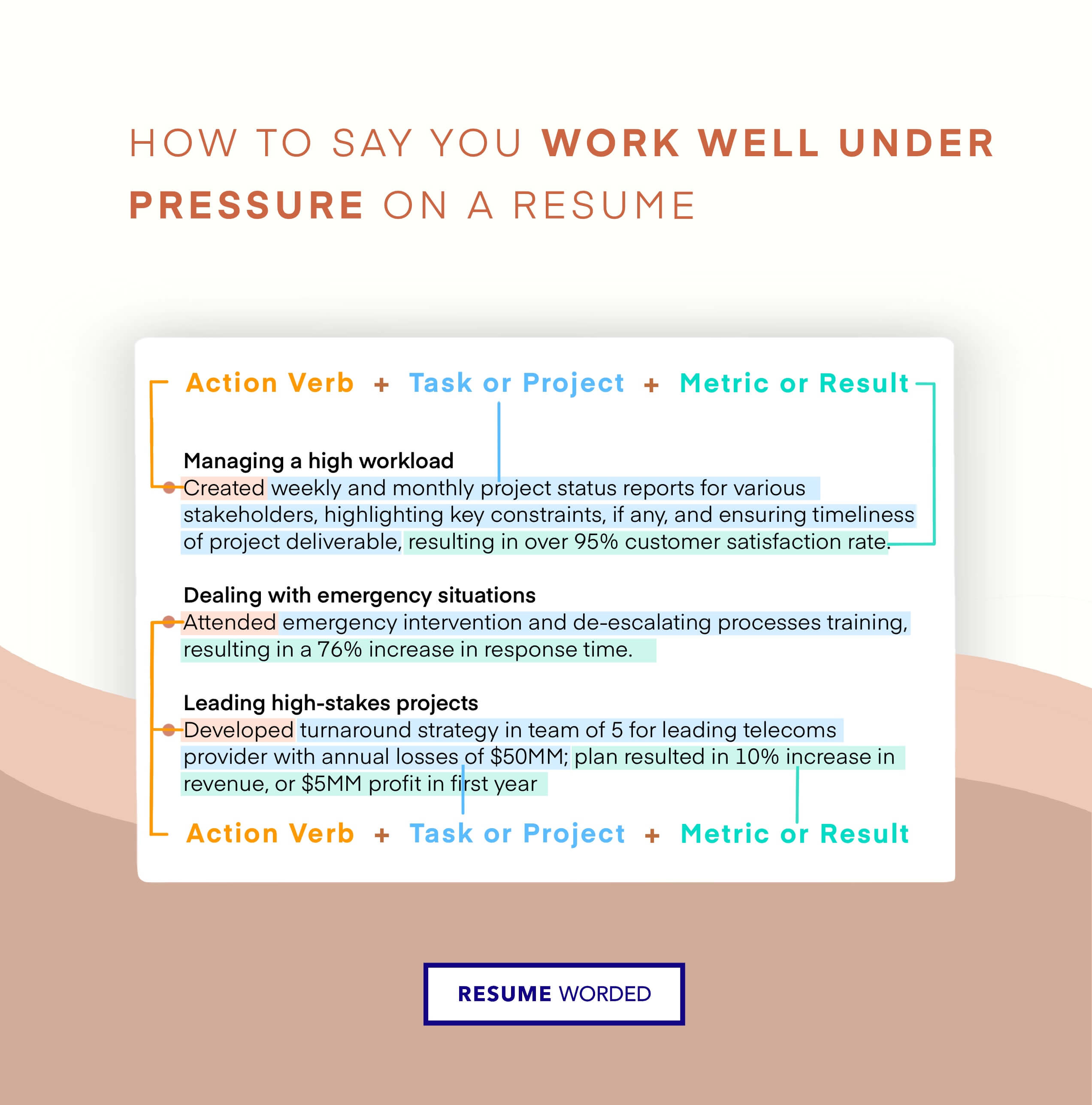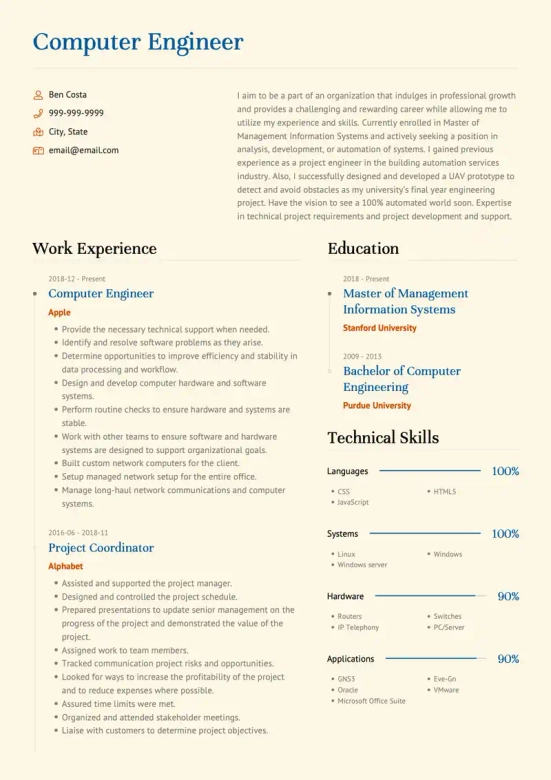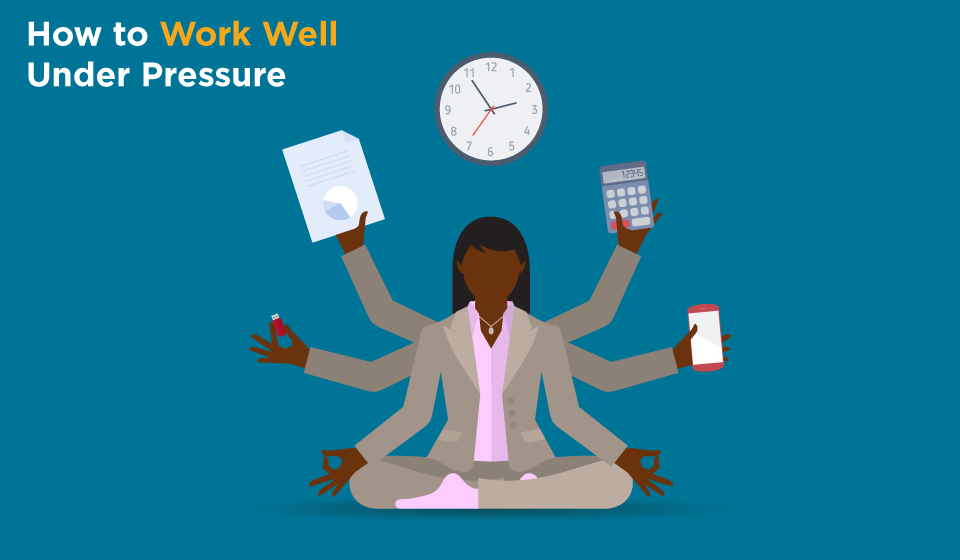Ability To Multitask And Work Under Pressure

In today's fast-paced work environment, the ability to multitask and perform effectively under pressure is increasingly valued by employers, but questions are being raised about its true effectiveness and potential impact on employee well-being.
This article will explore the evolving demands of the modern workplace, the debate surrounding multitasking, strategies for managing pressure, and the implications for both employees and employers.
The Rising Demand for Multitaskers
Job postings across various industries frequently highlight the need for individuals who can juggle multiple responsibilities and thrive in high-stress situations.
A recent study by the Society for Human Resource Management (SHRM) indicated a 25% increase in job descriptions mentioning multitasking skills over the past five years.
This trend reflects the growing expectation for employees to be adaptable and efficient in handling diverse tasks simultaneously.
The Multitasking Myth?
While multitasking is often presented as a desirable skill, research suggests that the human brain is not actually capable of performing multiple tasks concurrently.
Instead, individuals rapidly switch their attention between tasks, a process known as context switching.
This rapid switching can lead to reduced accuracy, increased error rates, and diminished cognitive performance, according to a study published in the Journal of Experimental Psychology: Human Perception and Performance.
Potential Downsides of Multitasking
Beyond reduced performance, constant multitasking has been linked to increased stress levels, decreased focus, and impaired memory.
These negative effects can contribute to burnout and reduced job satisfaction.
Dr. Emily Carter, a cognitive neuroscientist at Stanford University, warns that "Chronic multitasking can rewire the brain, making it more difficult to focus on single tasks and increasing susceptibility to distractions."
Working Under Pressure: A Necessary Evil?
The ability to handle pressure is often perceived as a crucial indicator of resilience and competence.
Deadlines, demanding clients, and unexpected crises can all contribute to a high-pressure work environment.
While some individuals thrive under pressure, others may find it overwhelming and detrimental to their performance and well-being.
Strategies for Managing Pressure Effectively
Effective time management, prioritization, and clear communication are essential for navigating high-pressure situations.
Breaking down large tasks into smaller, manageable steps can reduce feelings of overwhelm.
Seeking support from colleagues and supervisors is also crucial for maintaining a healthy work-life balance and preventing burnout.
"It's important to recognize your limits and communicate your needs to your employer," says Sarah Jones, a career counselor with over 15 years of experience. "Setting boundaries and prioritizing self-care are essential for managing pressure effectively."
Implications for Employers and Employees
Employers need to be mindful of the potential downsides of expecting employees to constantly multitask and work under extreme pressure.
Investing in training programs that promote effective time management, stress reduction techniques, and work-life balance can benefit both employees and the organization as a whole.
Creating a supportive and collaborative work environment can also help to mitigate the negative effects of pressure and promote employee well-being.
For employees, understanding their own limits and developing strategies for managing pressure is crucial for maintaining their physical and mental health.
Learning to prioritize tasks, delegate when possible, and communicate their needs effectively can help them thrive in demanding work environments.
Ultimately, a balanced approach that recognizes the importance of both efficiency and well-being is essential for creating a sustainable and productive workforce.
